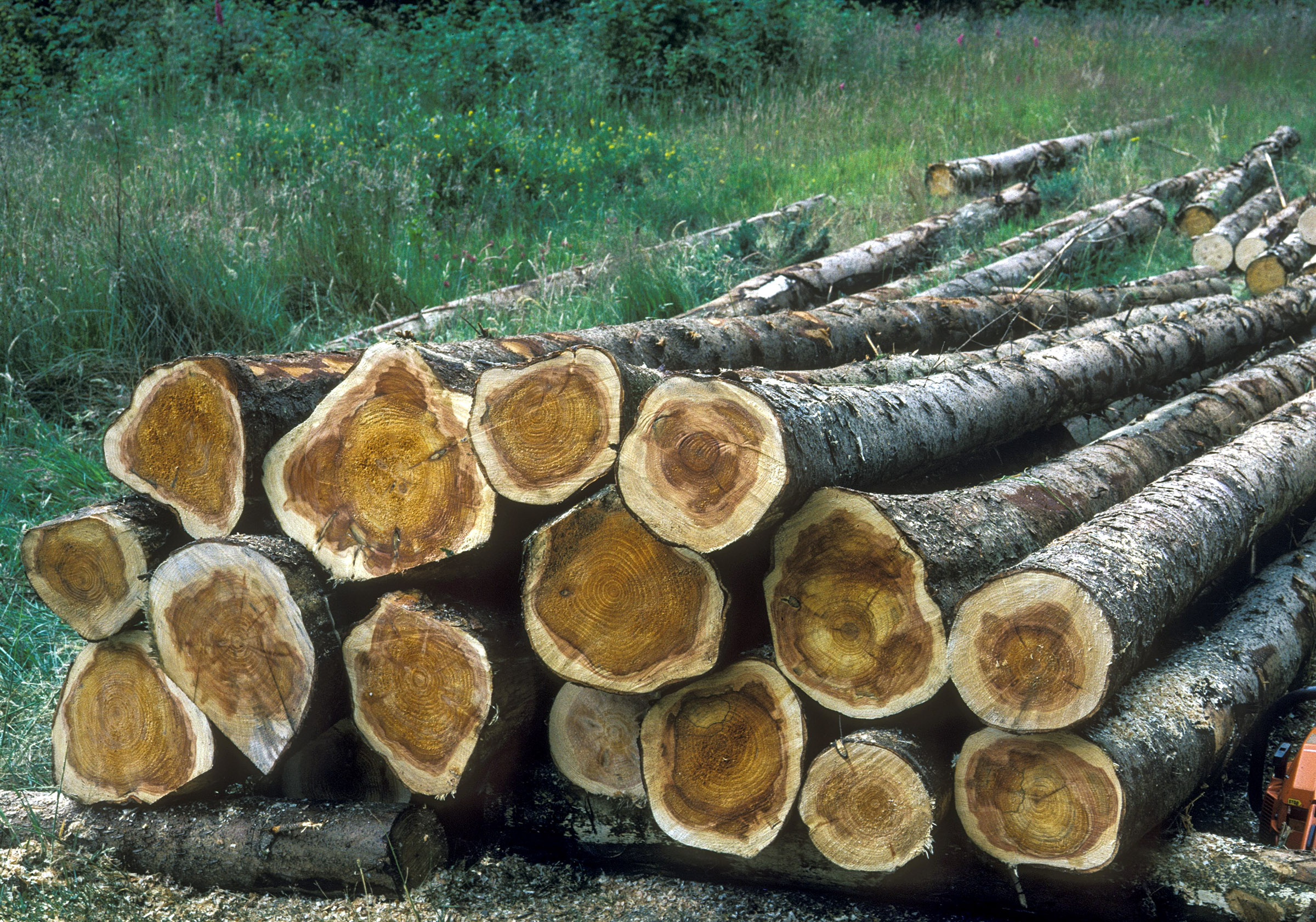How are root pathogens likely to be influenced by climate change?
Root pathogens infect and damage the root systems of trees, impacting water and mineral uptake; this can reduce tree growth and may lead to tree death which will reduce the benefits that trees provide, including their key role in climate-change mitigation. The changing climate of the UK is predicted to increase the growth or spore release of many of these widespread, common pathogens leading to increased infection, and may also extend the active period of pathogens, allowing them to cause successive years of damage to a host species.
Since trees may become more vulnerable to infection if they experience drought stress, latent pathogens (those that infect but do not cause symptoms, sometimes for many years) could become more prevalent with more frequent hot, dry summers. Root damage may increase instability in trees, making them more liable to wind-throw.
The three main fungal root pathogens already present in the UK, causing significant damage in forestry, are described along with the likely impact of climate change on their spread and severity.
About the series
Aimed at practitioners, the factsheets showcase the breadth of research carried out by Forest Research, sometimes over decades, into how trees and forests are facing the challenges of climate change, and actionable insights into how trees and woodlands can help mitigate the effects of climate change.

